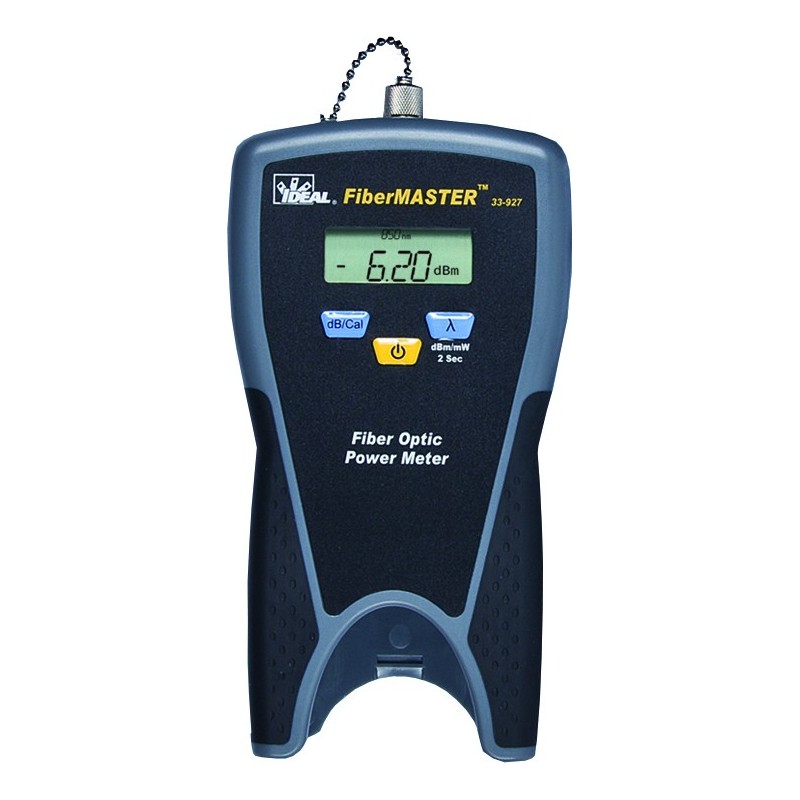All You Required to Find Out About Robotic Vision and Its Applications in Advanced Optical Measurement Equipments
Robotic vision stands for a significant advancement in the junction of computer vision, expert system, and artificial intelligence. This technology boosts the precision of optical dimension systems, enabling real-time data evaluation and enhanced quality assurance. Its effect extends several industries, from manufacturing to health care. Nevertheless, the developing landscape of robot vision questions about future capacities and applications (robotic vision). What technologies lie in advance in this transformative field?
Understanding Robotic Vision: Secret Concepts and Technologies
Robotic vision encompasses the technologies and techniques that allow makers to translate and understand visual information from their atmosphere. This field incorporates elements of computer vision, artificial knowledge, and device learning to promote automatic decision-making based upon visual data. Trick principles consist of image processing, which entails the improvement and analysis of photos to remove meaningful functions, and object acknowledgment, which enables makers to determine and categorize items within a scene.

The Integration of Robotic Vision With Optical Dimension Systems
As sectors increasingly require precision and effectiveness, the assimilation of robotic vision with optical measurement systems has actually arised as a transformative strategy. This synergy allows robotics to perceive and interpret their environments, improving the capability of optical measurement systems to examine and examine objects with unrivaled accuracy. By outfitting optical sensing units with sophisticated imaging innovations, robot vision enables real-time data collection and processing, helping with prompt modifications to measurement parameters.
The combination encourages automated systems to detect variations in dimensions, surface area quality, and positioning, which are important in top quality control procedures. Improved formulas, such as artificial intelligence, additional enhance this integration by boosting the systems' ability to adjust to different atmospheres and situations. The combination not just streamlines measurement processes however additionally reduces errors, ensuring that items meet rigid industry criteria, thereby strengthening the function of robot vision in the future of optical dimension systems.
Applications of Robotic Vision in Manufacturing
In modern-day manufacturing settings, the use of vision systems has transformed manufacturing procedures by making it possible for makers to execute jobs with amazing precision and speed. Robotic vision systems are significantly used for quality assurance, where they check products for flaws and guarantee adherence to requirements. These systems use electronic cameras and progressed formulas to analyze items in real-time, considerably reducing the threat of human mistake.
Furthermore, robot vision facilitates automation in assembly lines, enabling robotics to properly identify parts and construct them with marginal downtime. This innovation additionally improves inventory monitoring, as vision systems can check stock levels and detect discrepancies, assuring a seamless supply chain.
Robotic vision more tips here aids in the implementation of clever manufacturing facilities, where information from vision systems can be incorporated with other modern technologies to optimize process (optical measurement system). In general, the applications of robot vision in producing demonstrate its crucial function in boosting efficiency, quality, and performance throughout different markets
Robotic Vision in Medical Care: Changing Client Care

In rehabilitation, robot vision aids in keeping track of client progression and tailoring treatment sessions to private needs. It supports physician by automating tasks such as data collection and person tracking, permitting for more time to focus on straight client communication. Furthermore, robotic vision improves telemedicine by allowing remote diagnosis and virtual appointments, bridging the gap between clients and doctor. Overall, the application of robot vision in medical care is changing individual treatment, leading to boosted outcomes, efficiency, and client contentment.
Future Trends and Growths in Robotic Vision Innovation
The quick advancement of robotic vision innovation promises to better improve its applications throughout various industries, including medical care. Future fads indicate a considerable change in the direction of including artificial knowledge and maker knowing, allowing systems to pick up from substantial datasets and boost accuracy in time. Enhanced sensing unit technologies and deep discovering algorithms are anticipated to refine object acknowledgment capacities, enabling robots to translate complicated settings a lot more successfully.

Additionally, the integration of increased truth (AR) with robot vision will likely reinvent exactly how robotics important source aid in surgical treatments and diagnostics. This harmony will certainly help with real-time data visualization, enhancing decision-making processes. Furthermore, miniaturization of elements will cause more portable and functional robot vision systems appropriate for a variety of jobs. As these innovations unfold, markets will witness raised automation and performance, strengthening robot vision as a cornerstone of innovative technical remedies.
Frequently Asked Questions
What Are the Main Elements of a Robot Vision System?
The major parts of a robotic vision system consist of electronic cameras for photo capture, cpus for data analysis, algorithms for analysis, and actuators for motion. Together, these aspects enable robots to view and communicate with their atmosphere successfully.
How Does Robotic Vision Improve Precision in Measurements?
Robotic vision enhances measurement precision by using innovative imaging modern technologies, allowing precise object detection and spatial analysis. This ability minimizes human error, boosts repeatability, and enables real-time changes, eventually enhancing total dimension dependability and efficiency.
What Industries Advantage A Lot Of From Robotic Vision Innovation?
Different sectors benefit significantly from robot vision technology, including manufacturing, healthcare, farming, and logistics. These sectors make use of boosted precision, Extra resources performance, and automation, resulting in enhanced productivity and minimized functional prices in their corresponding procedures.
Can Robotic Vision Systems Operate In Low-Light Conditions?
Robotic vision systems can undoubtedly operate in low-light conditions, utilizing advanced sensing units and algorithms to enhance picture clearness. This ability permits them to execute efficiently in numerous environments, including commercial and security applications, also with minimal lighting.
What Are the Expenses Associated With Implementing Robotic Vision?
The prices connected with executing robotic vision vary significantly, influenced by parts such as video cameras, software program, and assimilation. Added expenditures include maintenance, training employees, and prospective upgrades to existing systems, which can accumulate over time.